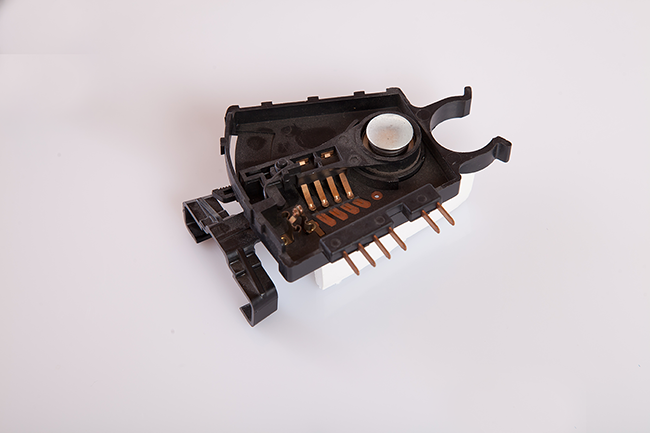 One of the latest trends in mold making is to use a 3D printer to create the initial mold. As a new technology, 3D printing is still incredibly limited. While it can work in some businesses’ favor, for most projects and molds, the traditional mold making process is still the best option, both in terms of time and money.
One of the latest trends in mold making is to use a 3D printer to create the initial mold. As a new technology, 3D printing is still incredibly limited. While it can work in some businesses’ favor, for most projects and molds, the traditional mold making process is still the best option, both in terms of time and money.
If you are considering mold making with a 3D printer, here are the things that you should know about this new technology’s limitations.
Lower Tolerance Results
Just as traditional machining took a long time to get to the point where it could create final products with high tolerance, 3D printing is going to take years, maybe even decades, of trial and error. Until then, 3D molds can only produce parts with very little detail. Not only can the printer not produce such exact results, material can be cracked, curled, or warped in the process. This could mean you have to produce the mold several times before you can even use it.
Short-term Solution
Under most circumstances, the 3D mold is going to be used for short-term projects that don’t require producing many products. Unlike conventional molds, the ones from a 3D printer are made of different types of plastic, which means they have all of the issues inherent with such a material. They cannot withstand high temperatures and they get worn down very quickly. This means that you will have to plan to make multiple molds to complete a project, unless you don’t need that many parts. Having to make multiple versions of a mold does not save you time or money. 3-D molds are just not practical for a high-volume parts manufacturing environment.
Mold Variations
As you may expect, if you have to use multiple molds for a single product, there is a good chance that your parts are not going to be consistent. You will have to vigilantly check all end products to ensure that each one meets the requirements. While you would run a similar (though much lower) risk with traditional machining, you probably aren’t going to need multiple molds to complete a project because the mold is so much more durable.
Size and Volume Limitations
The biggest potential drawback is that your printer is not going to be able to create large parts or parts in large volume. For many projects, that means printing isn’t a viable option. 3D molds may work for low-volume parts whereas traditional injection molds are designed and built to produce thousands and thousand of parts to the same specifications.
Topics: Injection Mold Design

